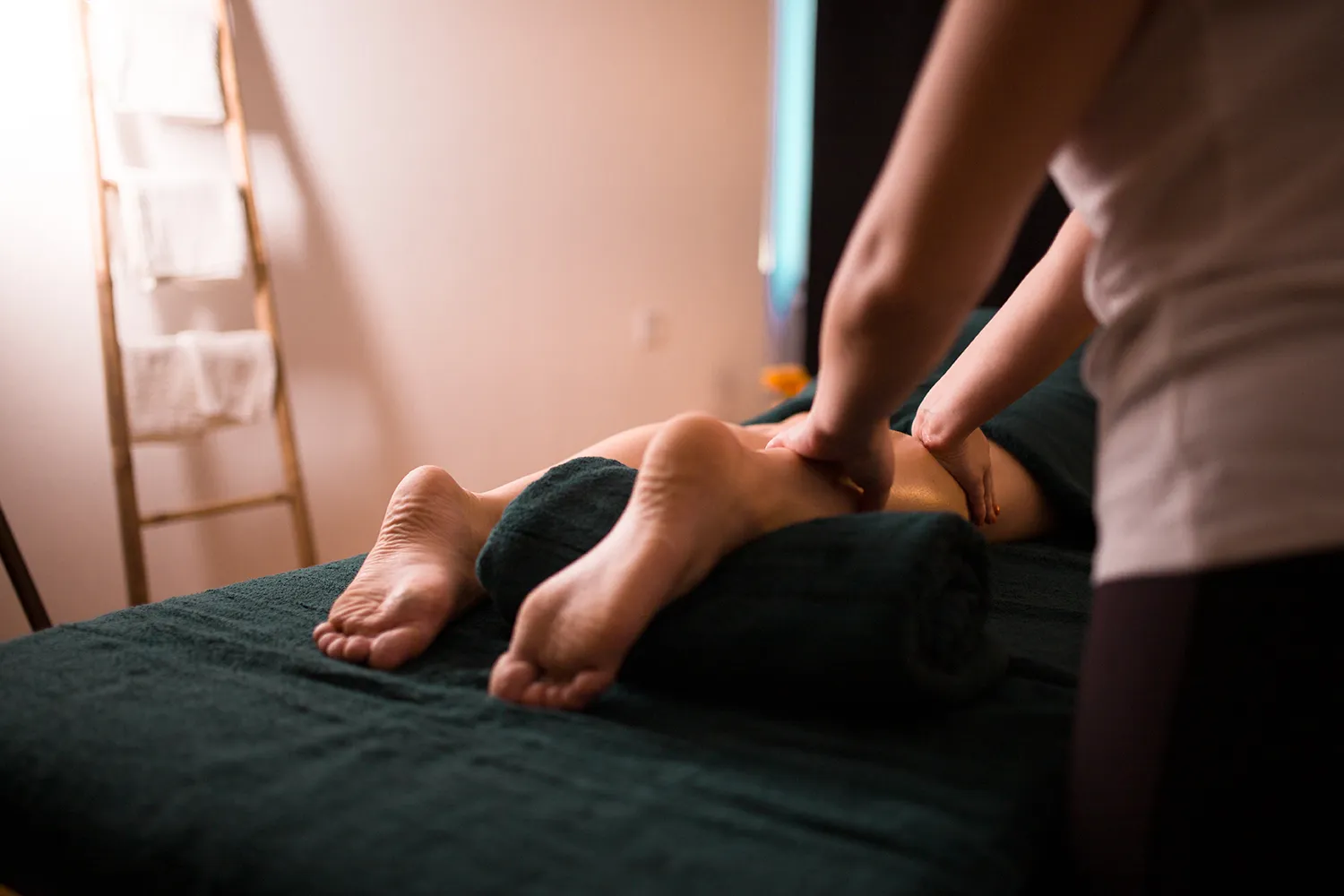Remedial Massage is the gentle therapeutic manipulation of soft tissue within the body and includes techniques that target muscle, connective tissue (fascia) and ligaments.
Remedial Massage uses a range of manual techniques to gently treat musculoskeletal pain and dysfunction, sports injuries, back pain, neck pain, joint pain and postural imbalances, assist in injury rehabilitation, optimise athletic performance and enhance athletic recovery. Remedial Massage techniques include:
- Trigger Point Therapy
- Myofascial Tension Technique
- Cupping
- Stretching

A trigger point is a hypersensitive taught band of muscle fibres, commonly referred to as a ‘knot’. Trigger point therapy aims to deactivate these sensitive points, creating a relaxation and lengthening effect through the whole muscle. Blood flow is increased, as is the consequent uptake of nutrients and expulsion of metabolic waste, restoring optimum tissue health and function. A remedial massage therapist typically performs trigger point therapy through direct manual pressure.
The fascial, or connective tissue matrix, runs through the entire body; it envelops all soft tissue structures like a web and has varying degrees of consistency, ranging from densely packed to viscous and fluid. Fascia is the primary building block of tendons and ligaments; it runs through muscles, houses them in a stockinged sheath, and provides a lubricated sliding interface between many different soft tissue structures. Myofascial tension technique is the manual manipulation of restricted fascia (connective tissue). A gentle load is placed through the affected fascia. As the tissue softens, the therapist will slowly increase this load, sometimes utilising a long lever (joint/limb movement) until optimal movement and function are restored.
Cupping is simply an alternate method of performing myofascial tension technique. Instead of direct manual pressure with the therapist’s hands, vacuum suction cups are placed directly over the restricted tissue. The vacuum suction pressure gently draws the tissue upwards, restoring fascial mobility, significantly increasing blood flow, improving the tissue uptake of nutrients and oxygen, and expulsing metabolic waste.
A remedial massage therapist will prescribe stretches as part of a homework exercise plan to ensure that lengthened muscle tissue and increased joint range of movement remain lasting. Stretching can take the form of static or dynamic stretching, targeting specific muscles or multiple muscle groups simultaneously. Stretching programs are tailored to specific individual client needs.